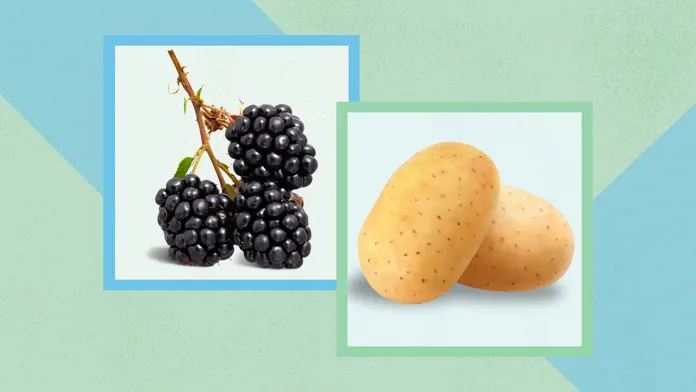Spinach and Berries Make The ‘Dirty Dozen’ List of Produce With Most Pesticides
Pesticide residue can be found on a wide variety of conventionally grown produce, including nearly all nonorganic strawberries; spinach and other leafy greens such as kale; grapes; and peaches, according to a new report.
These fruits and vegetables all made the annual “Dirty Dozen” list from the Environmental Working Group’s (EWG) 2025 Shopper’s Guide to Pesticides in Produce.
EWG, a health advocacy organization, has produced this report for more than two decades by analyzing government food safety data.
[1]
Overall, 96 percent of the samples of these 12 nonorganic (meaning conventionally grown) fruits and vegetables contained detectable levels of 203 different types of pesticides, according to the report. Samples of all the produce in the Dirty Dozen (except cherries) contained more than 50 different pesticides each.
“For people who want to reduce their exposure to pesticide residues, we recommend opting for organic versions of items on the Dirty Dozen,” says Dayna de Montagnac, MPH, an associate scientist at the Environmental Working Group.
For this year’s guide, EWG assessed fruits and vegetables based on four criteria:
- Percentage of samples with at least one pesticide detected
- Average number of different pesticides detected on a single sample
- Average total concentration of pesticides found on a single sample
- Overall toxicity of pesticides on a crop
Blackberries and potatoes joined the list this year, while tomatoes and winter squash fell off the list, according to the report.
The EWG’s 2025 Dirty Dozen (ranked highest to lowest):
- Spinach
- Strawberries
- Kale, collards, and mustard greens
- Grapes
- Peaches
- Cherries
- Nectarines
- Pears
- Apples
- Blackberries
- Blueberries
- Potatoes

